Educational Trip To The Somme For International Schools
A history trip to the trenches, battlefields and memorials of the Somme deepens understanding of the sacrifices of WWI for students.
Subjects covered
Cultural
History
Languages
Geography
Our tailor-made packages include...
Choose your excursions
The names of 73,357 British and South African Men are inscribed here at Thiepval, the largest war memorial in the world. Having fallen on the Somme between July 1916 and March 1918, the soldiers have no known graves. Extensive wartime tunnelling beneath this structure on the Western Front has meant that 6m thick foundations were required. There is also an informative visitor centre.
The village was one of the fortress holds situated behind the German lines on the first of July 1916. The attack by the Newfoundland Regiment on this day is commemorated in the Newfoundland Park along with preserved trenches and a striking Caribou memorial, the regiment’s emblem. After leaving their trenches the regiment was trapped by German machine gun fire. There were only 68 survivors making this one of the bloodiest battles of The Somme. Canadian guides offer pre-booked tours of the site.
Many craters on the Western Front have been filled in for farming purposes, but this one was saved in 1978 to preserve the original site, manmade on the first of July, 1917. A charge of 26.8 tonnes of ammonal explosive tore through the earth to make this crater 90ft deep and 300ft across.
Tip: A remembrance service is held every year on the first of July at exactly 07.28 when the mine exploded.
This is a Somme battlefield memorial to the men of the 36th Division who suffered horrendous losses on the first of July 1916. The Ulster Tower is a replica of St Helen’s Tower, which sits in the grounds of the Clandeboye Estate in Northern Ireland where much of the division trained. Photo © Eoghan Olionnain.
Tip: A plaque commemorates the nine men from the Ulster Division who were awarded the Victoria Cross.
These well-preserved woods have visible trench remains and a moving memorial to the South Africans who fell in World War I. Also known as ‘Devil Woods’, the battle here was particularly horrific as soldiers fought hand to hand, holding on through heavy German attacks reaching 400 shells a minute. Around two thirds of the 5,493 burials here are unidentified. Photo © Kurtis Gardner.
This small village lies on the top of the ridge that formed the centre of the British sector of the Somme battlefield. It’s elevated locale made it strategically critical to both the allies and Germans and it was completely destroyed in the Battle Of Pozières (1916). The village was rebuilt with a number of significant war memorials in commemoration. Australian troops who had the task of capturing the village are commemorated by the Windmill Memorial. Photo © Through These Lines.
Albert in Northern France is known for its proximity to the Somme battlefields. The network of tunnels under the town was used as shelter in World War I and II and is now home to the 1916 Museum. Descend into the tunnels where dioramas and photographs depict life for soldiers in the trenches, with many relics such as uniforms, weaponry and personal souvenirs on display.
Tip: Groups can have the opportunity to handle artefacts and uniform by pre-arrangements
This underground museum is an affecting commemoration to the thousands of British Army and Dominion Forces soldiers who survived under Arras during the war. Students can go 20m down into the network of World War I tunnels that connect to tunnels and quarries of the middle ages. Guided tours include a descent in a glass lift that reveals the fascinating rock strata. Photo © Chris O.
The Battle of Vimy Ridge is a Canadian nationalistic symbol of sacrifice and achievement – all four divisions of the Canadian Expeditionary Force participated with tactical excellence that resulted in success. The Canadian National Vimy Memorial is on the highest part of the ridge; an august structure that commands inspiring views over the Douai Plain. Guided visits of the tunnels can be pre-booked. Students can walk part of the trenches and there is an informative visitor centre.
This is a fascinating museum of WWI history housed in a château admired for its architectural excellence. World War I is documented by comparing the three main protagonists, France, The British Empire and Germany, through the lives of soldiers, the weapons and defences, propaganda, those left behind and the aftermath and shortlived peace.
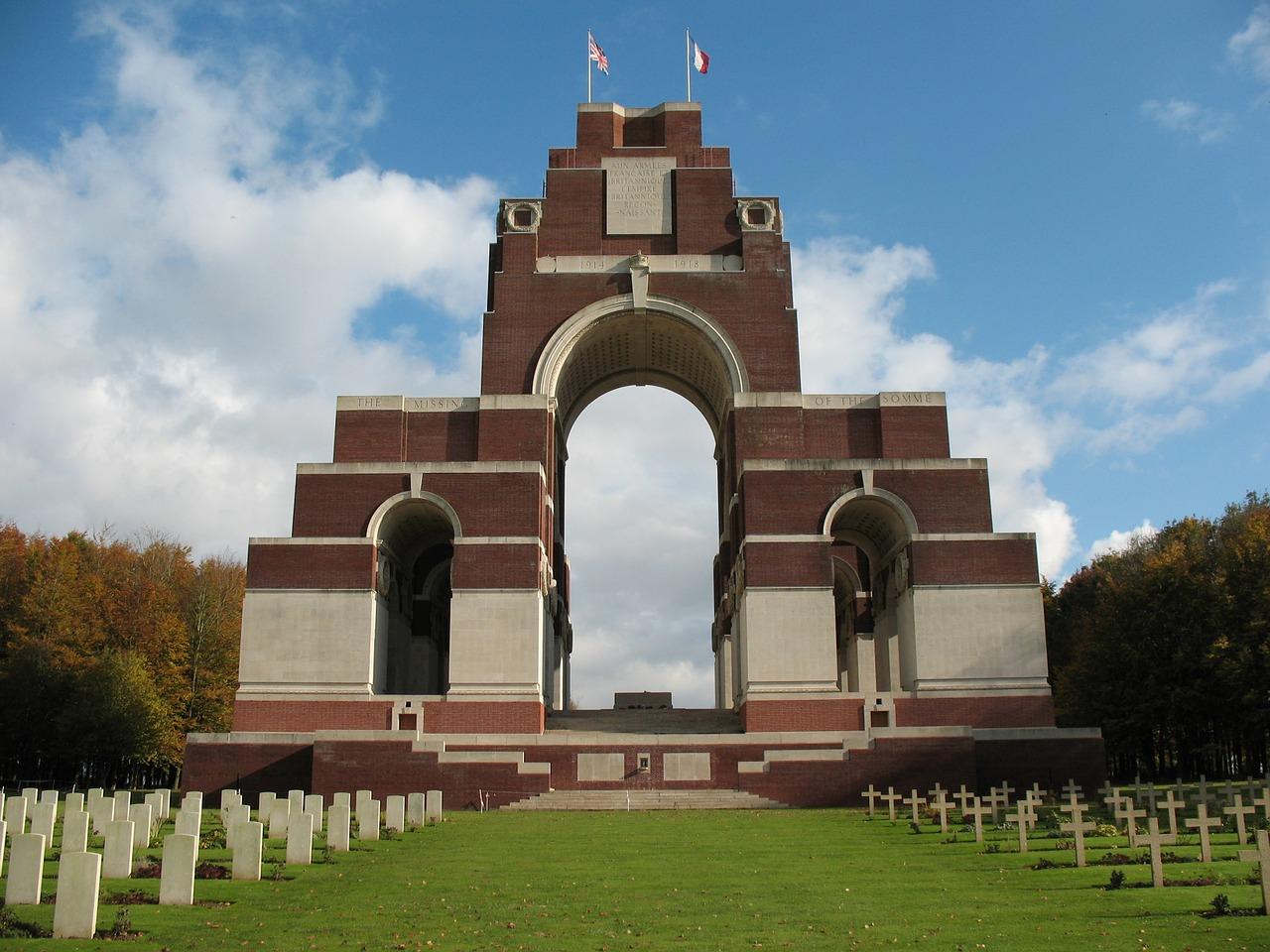
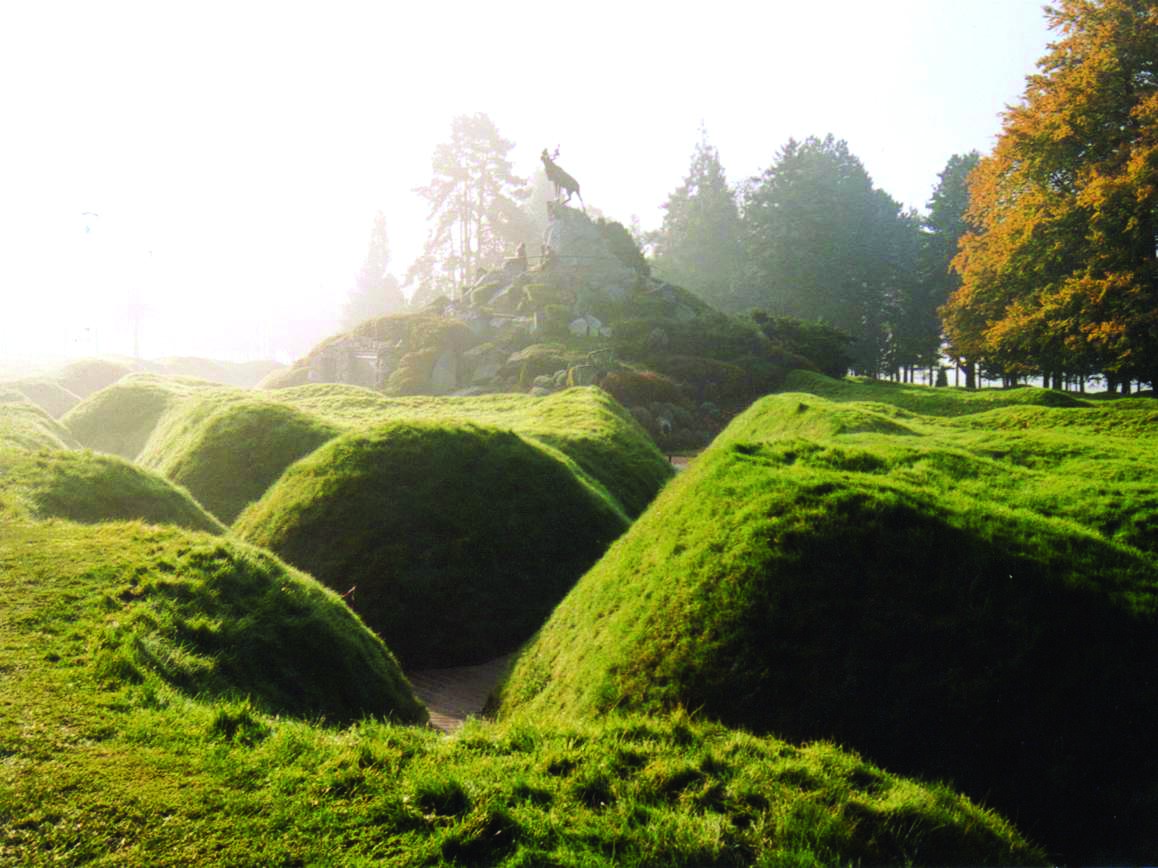
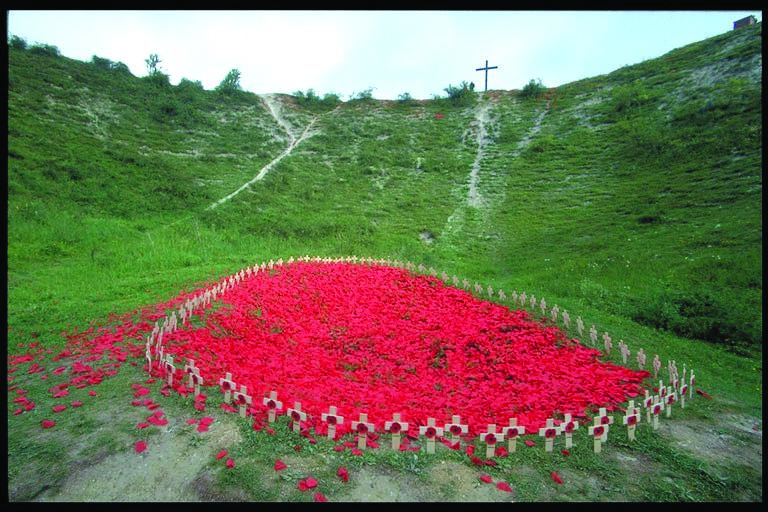
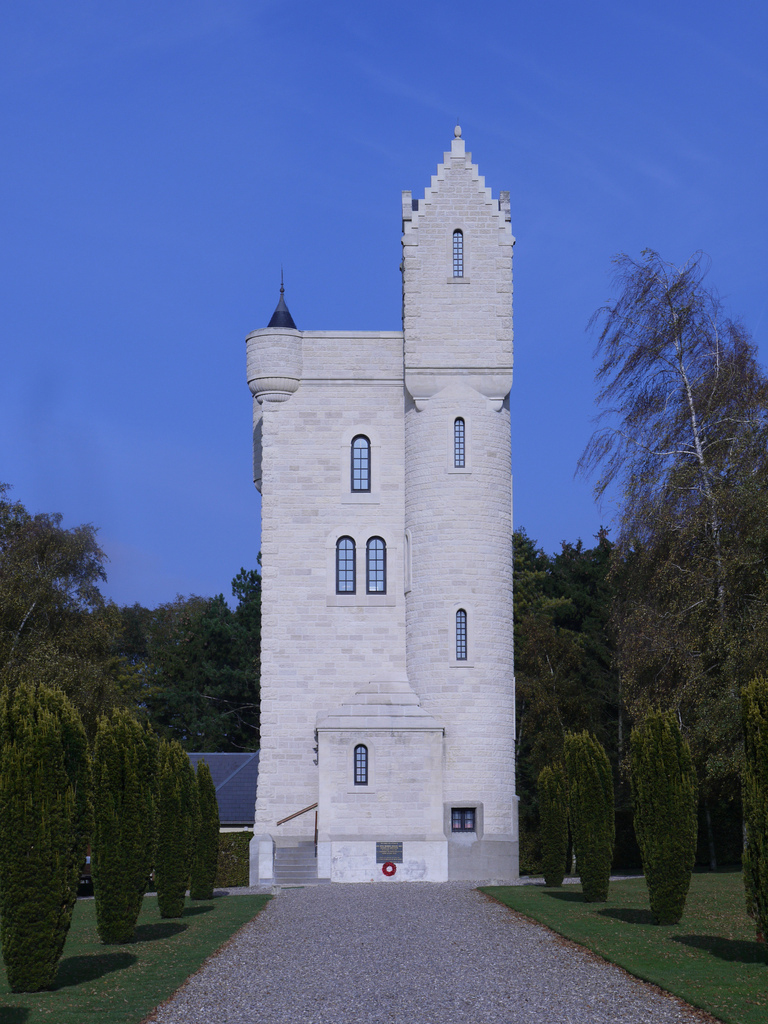
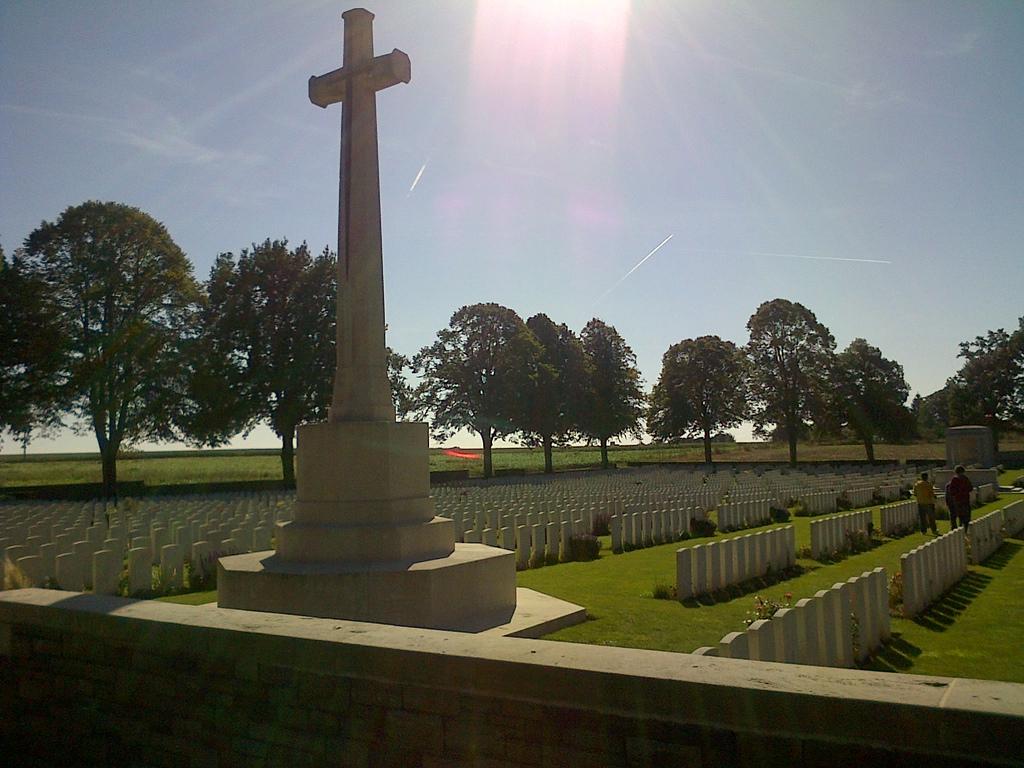
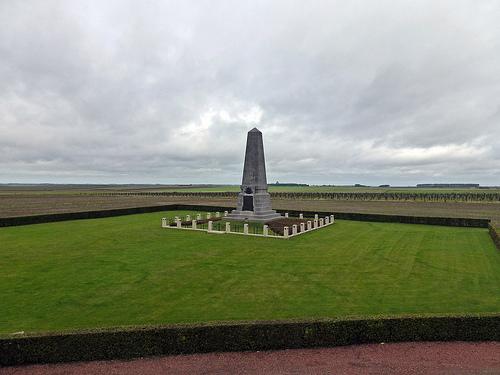
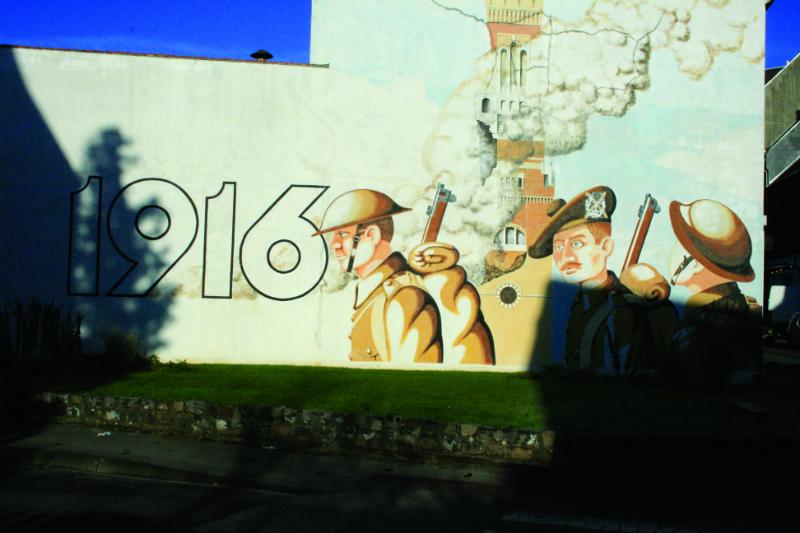
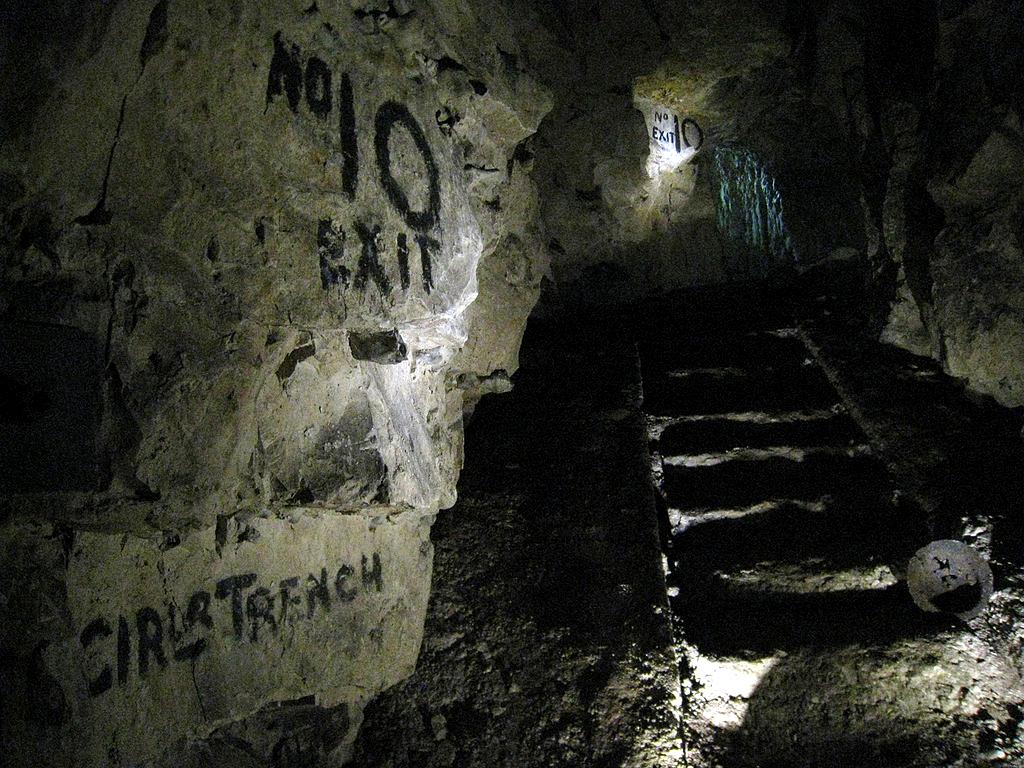
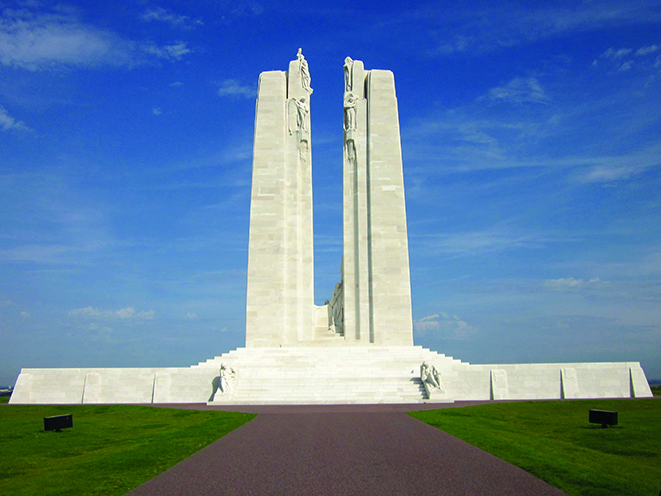
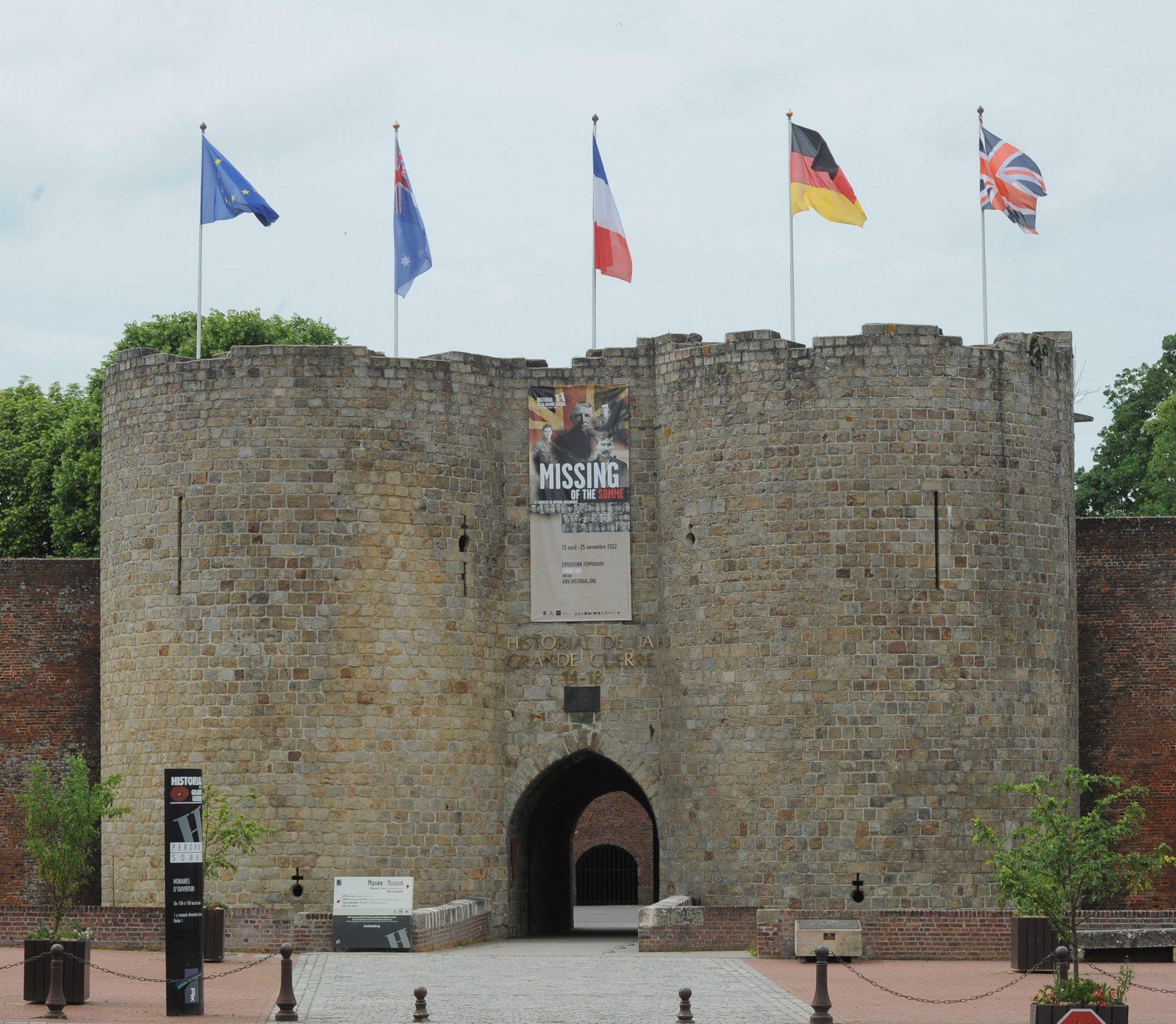
Typical accommodation

Why groups like it:
Facilities:




